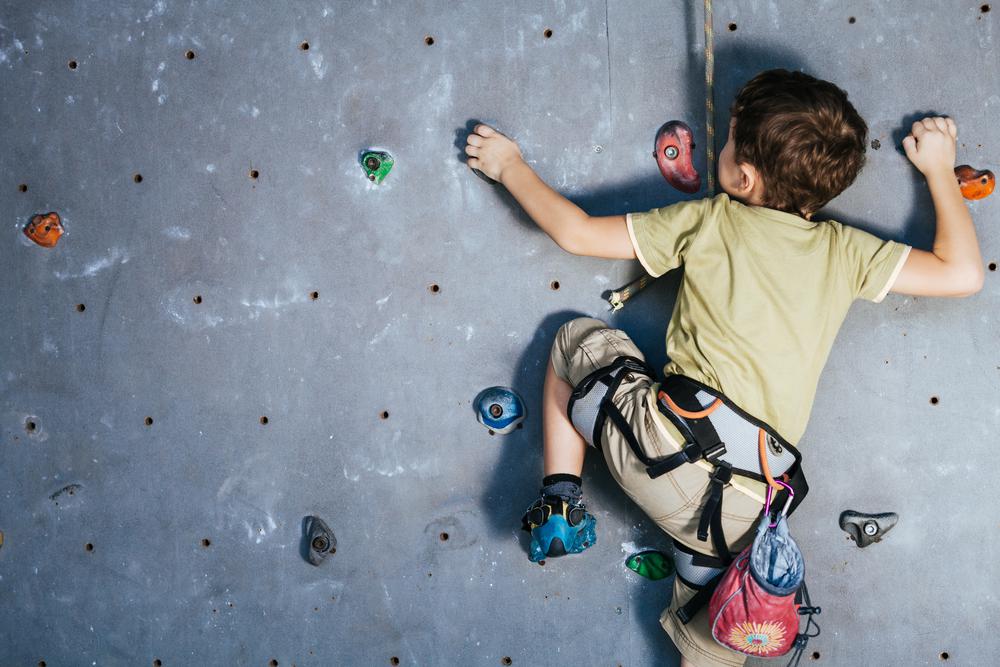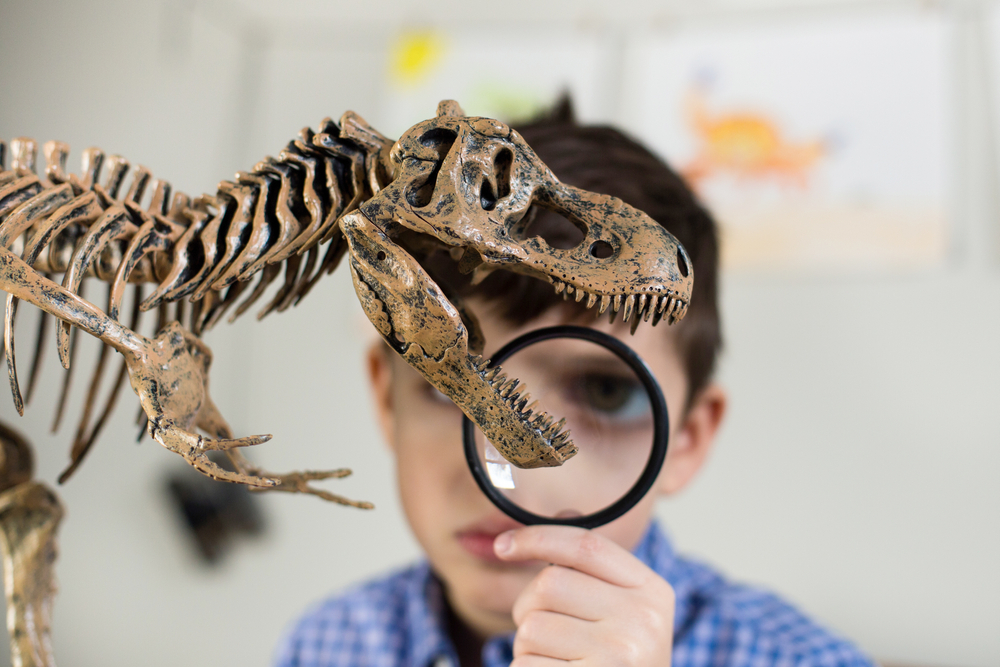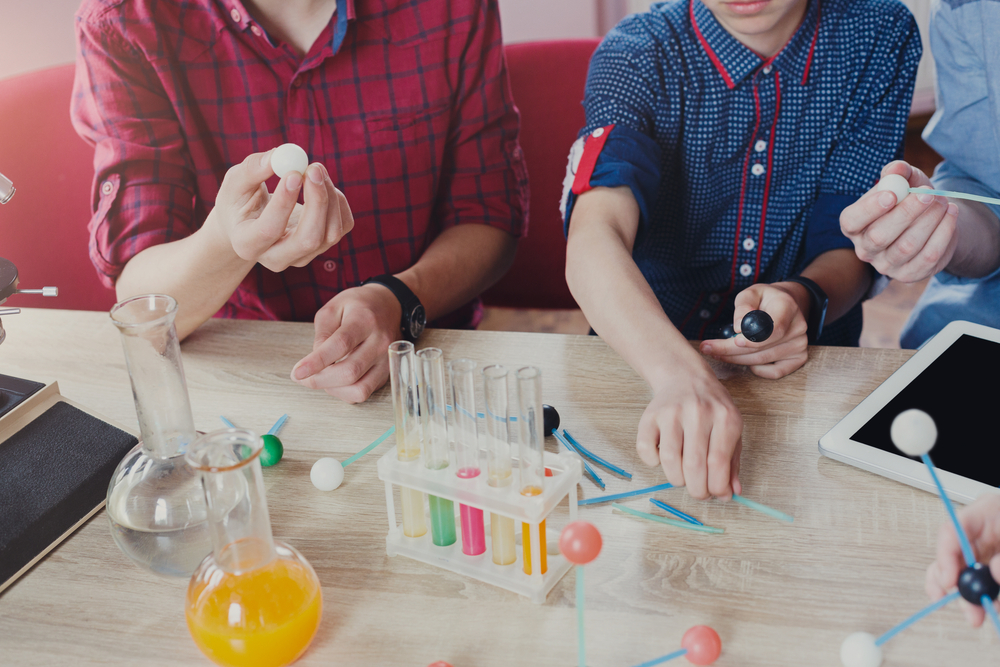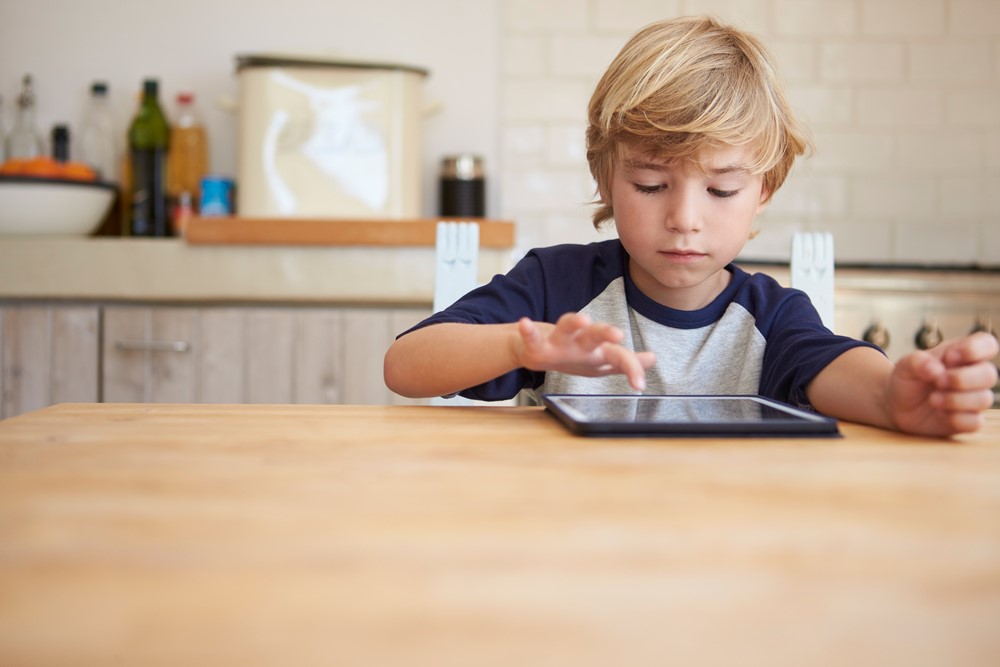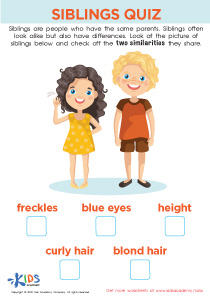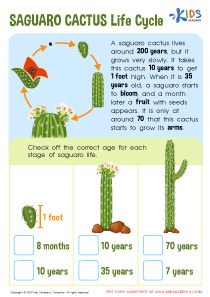Normal Physical Science Worksheets for Ages 3-7
56 filtered results
-
From - To
Discover engaging and education-packed Normal Physical Science Worksheets for children ages 3-7 at Kids Academy. Our thoughtfully designed worksheets make learning fundamental science concepts both fun and effective. From exploring the basics of matter, forces, and energy to hands-on experiments suitable for young learners, each activity nurtures curiosity and enhances comprehension. These worksheets adopt a playful approach to complex ideas, ensuring children grasp essential scientific principles through interactive tasks and colorful visuals. Perfect for early education, homeschool, or supplemental classroom material, our resources provide foundational knowledge critical for young budding scientists. Download and inspire a love for science today!
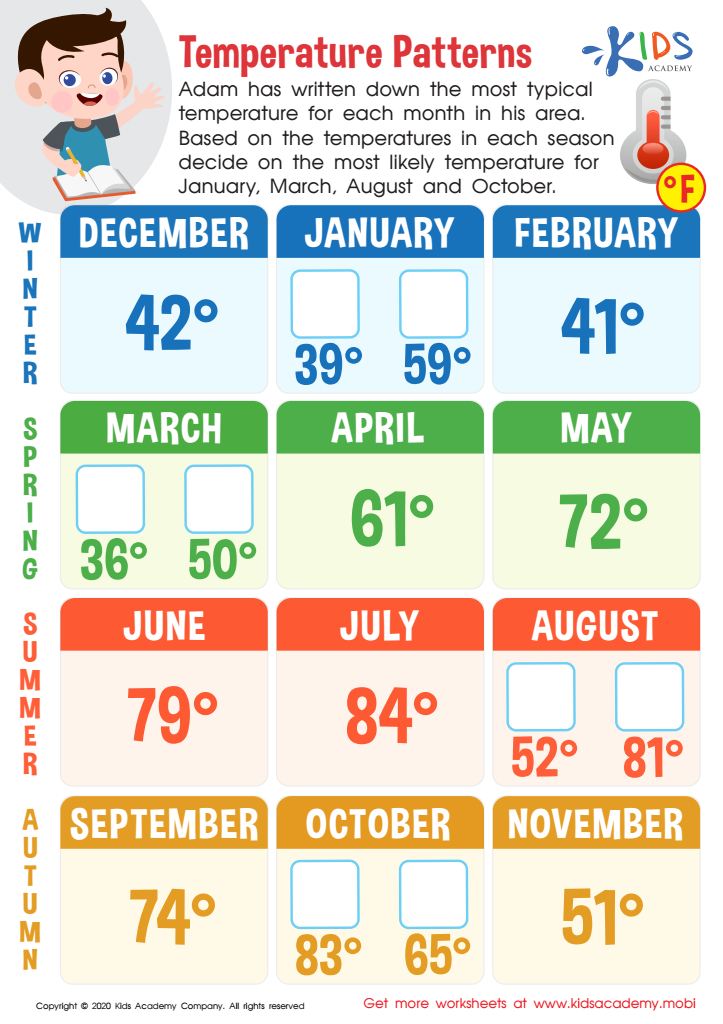

Temperature Patterns Worksheet
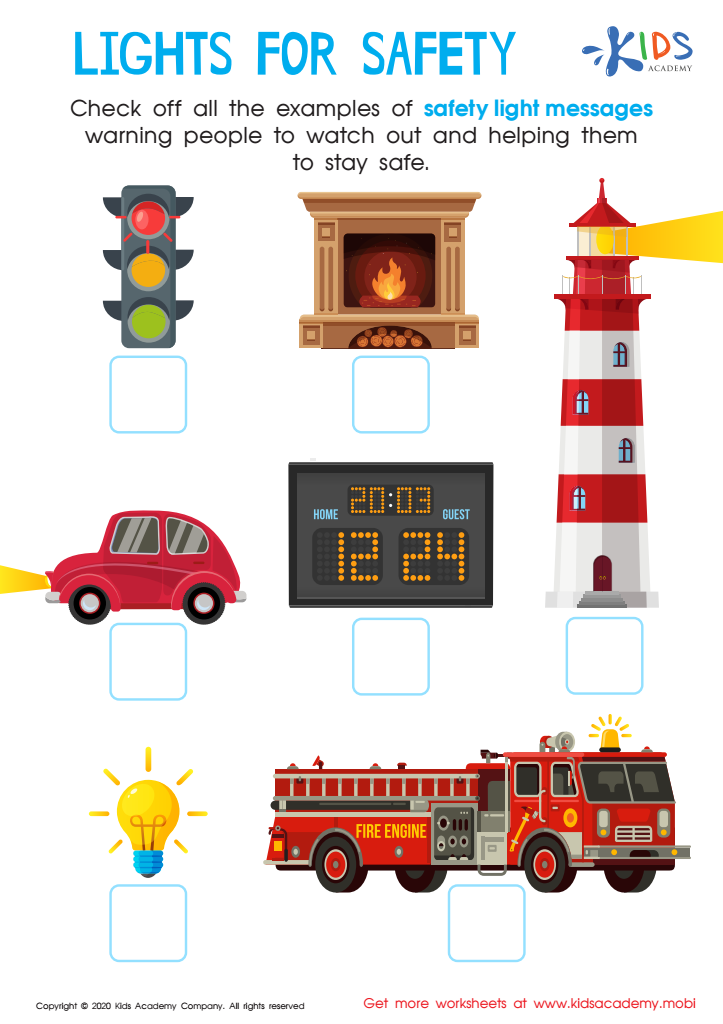

Lights for Safety Worksheet
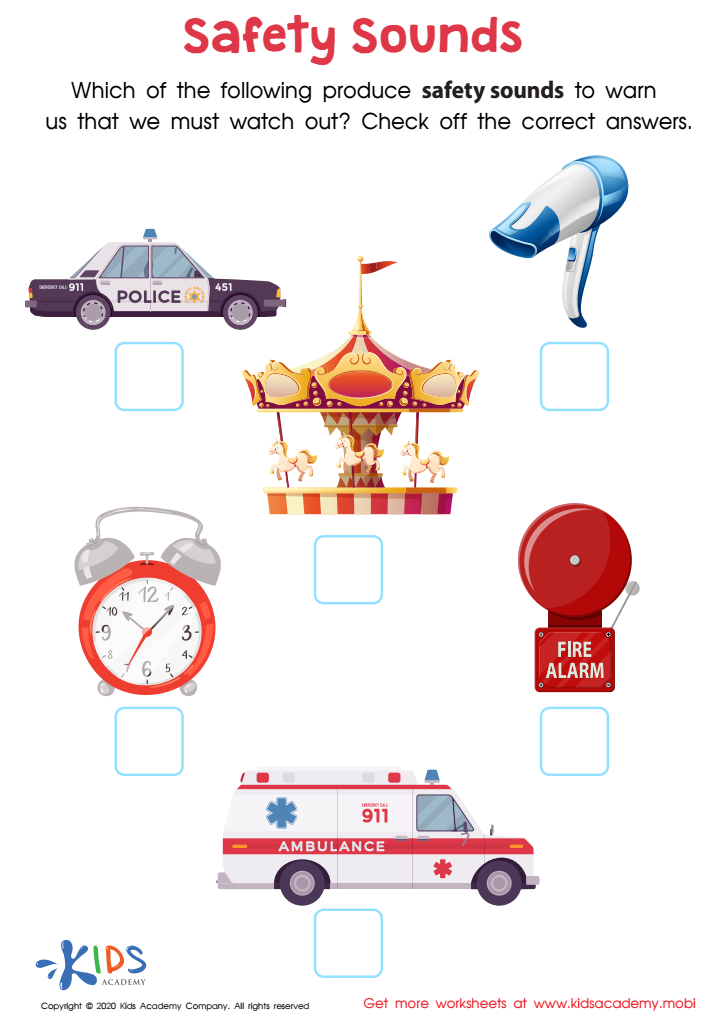

Safety Sounds Worksheet
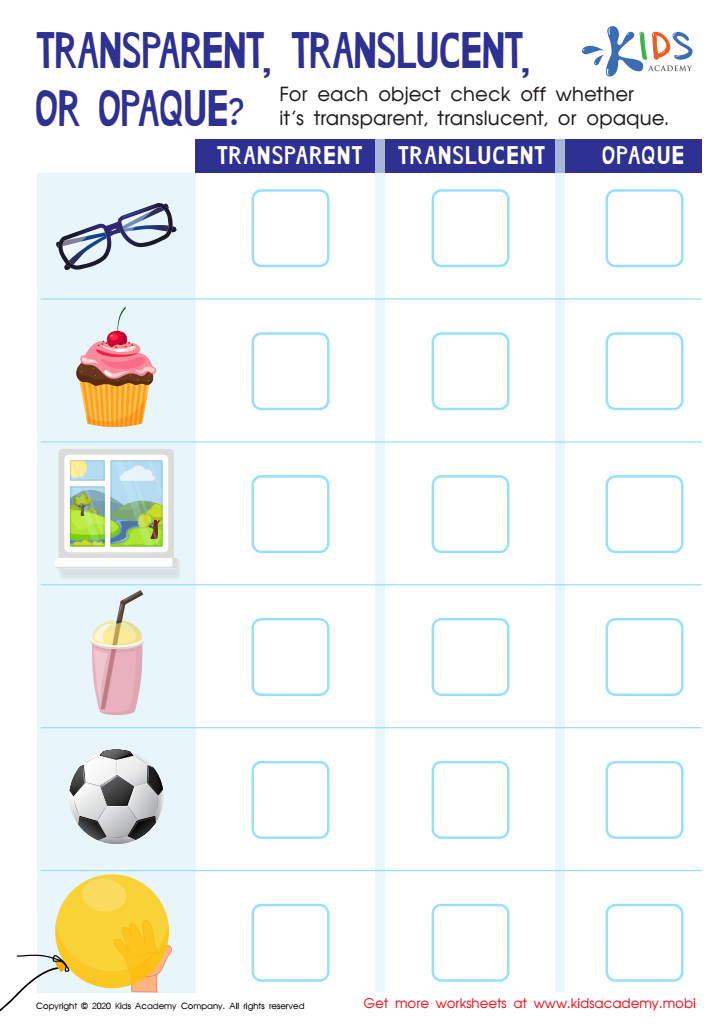

Transparent, Translucent, or Opaque Worksheet
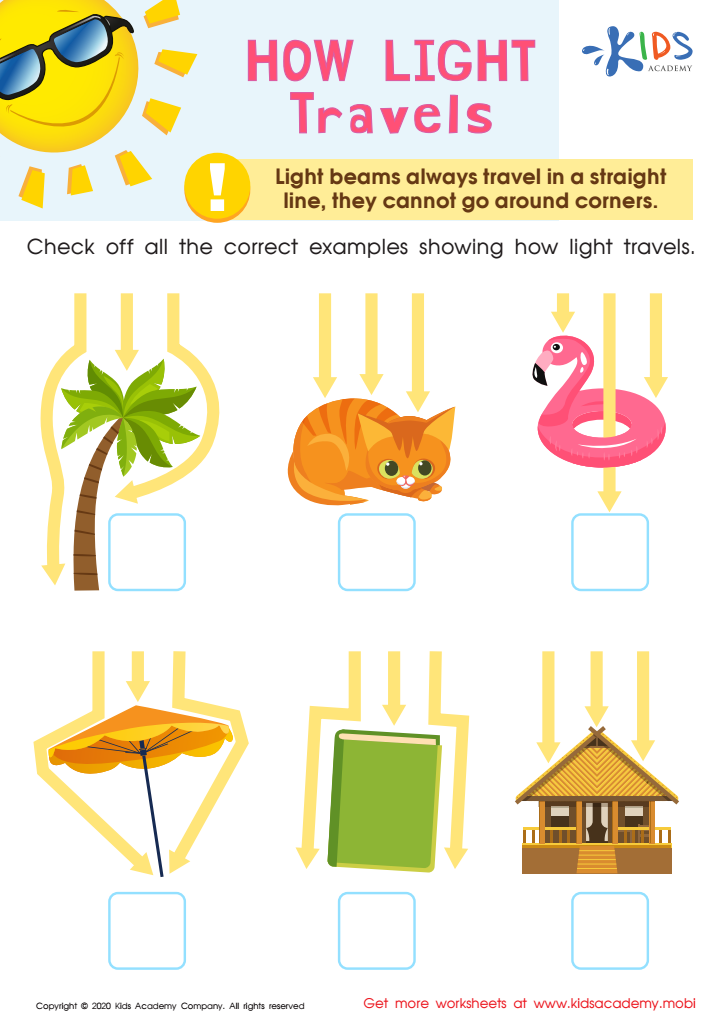

How Light Travels Worksheet
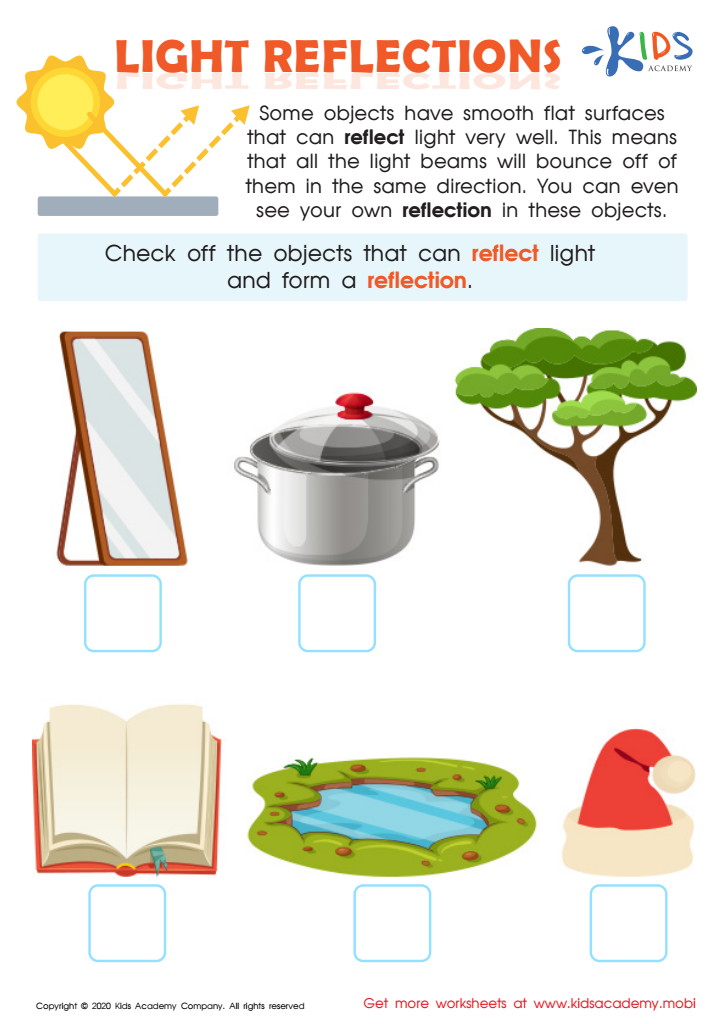

Light Reflections Worksheet
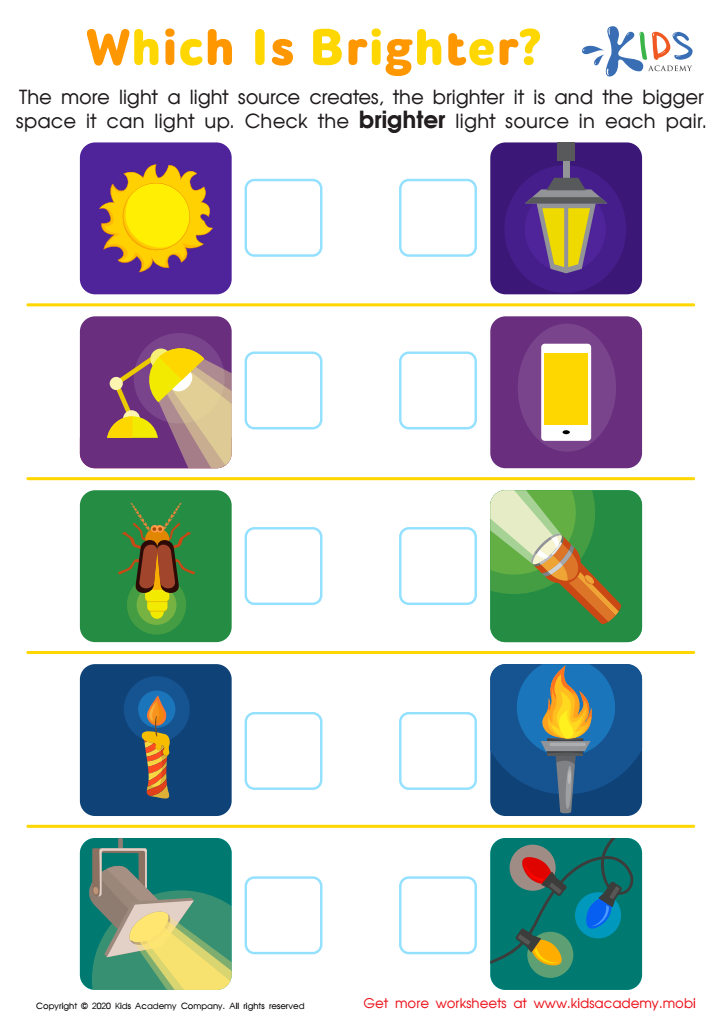

Which Is Brighter? Worksheet
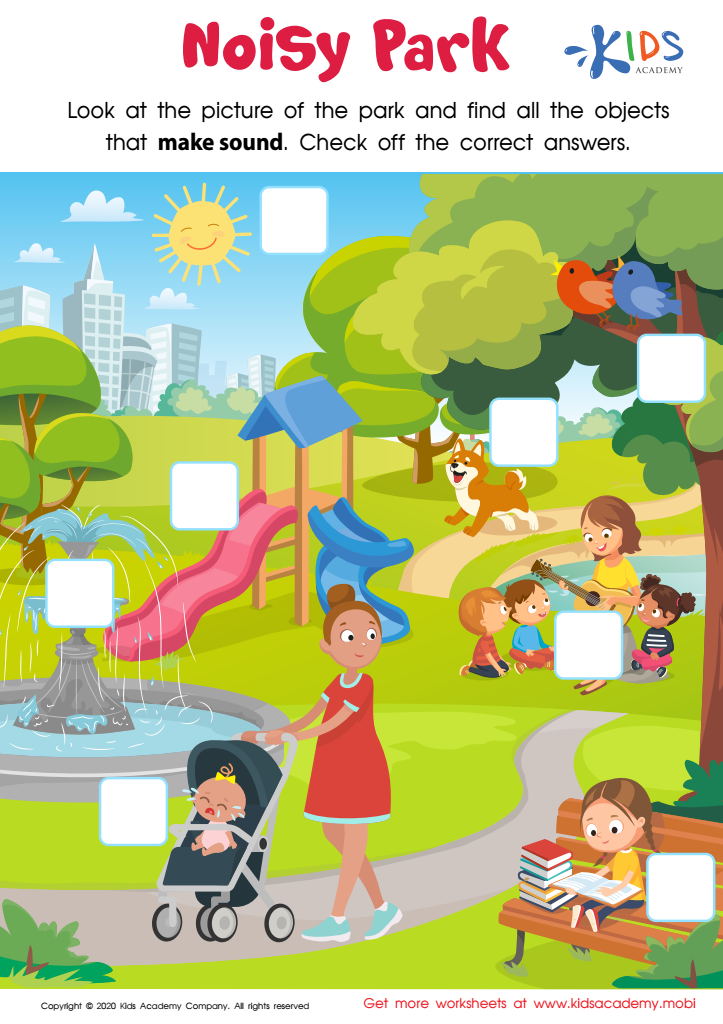

Noisy Park Worksheet
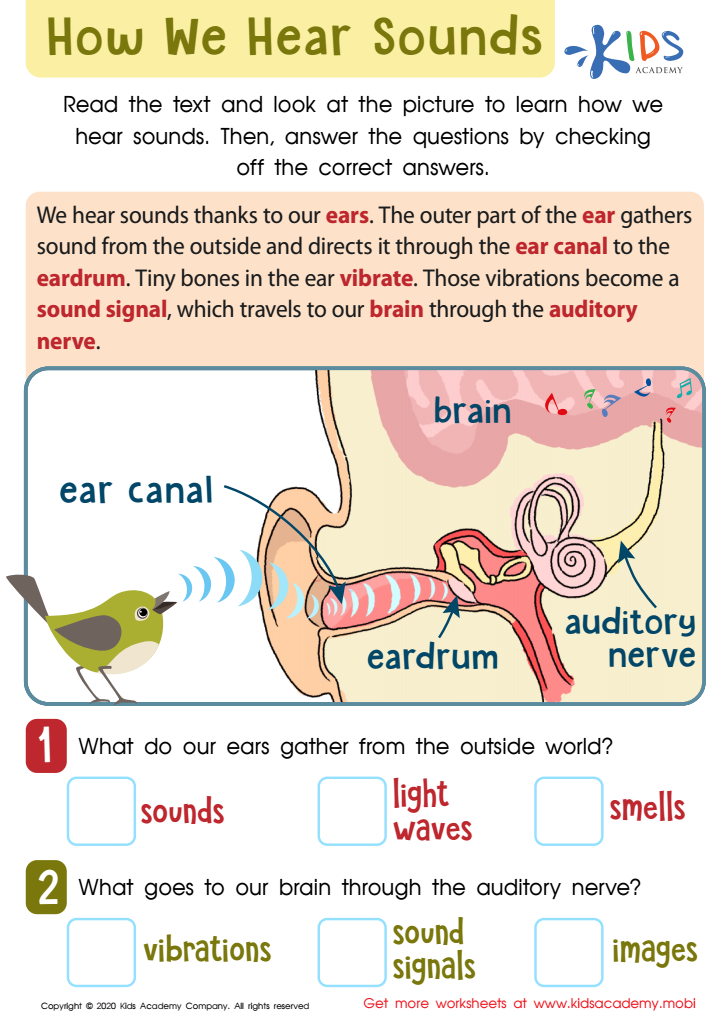

How We Hear Sounds Worksheet
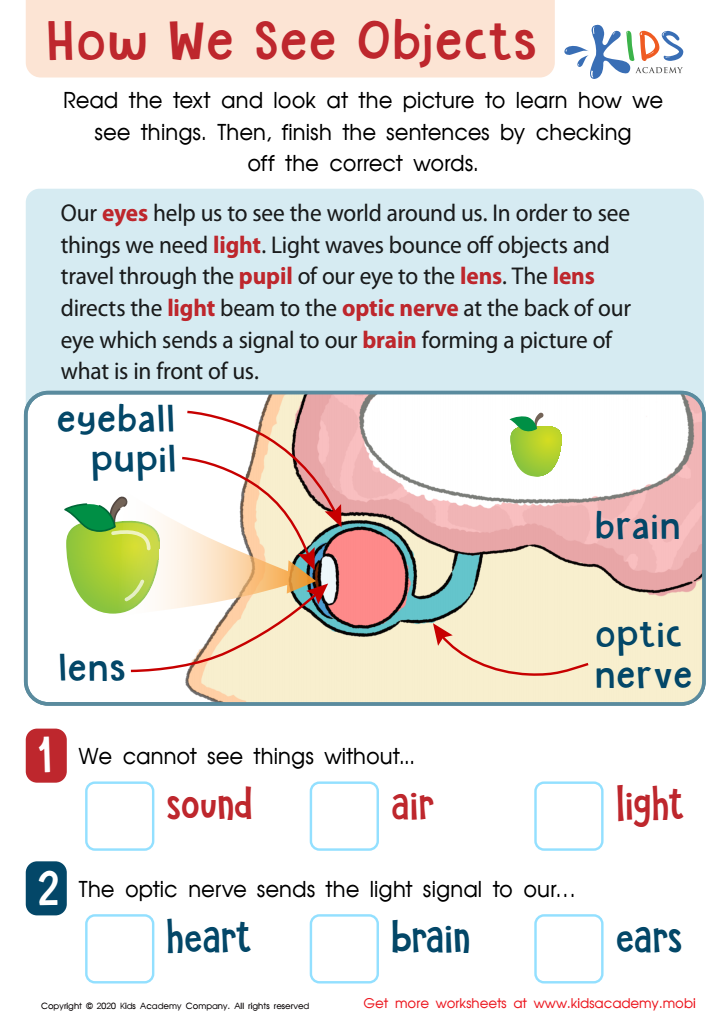

How We See Objects Worksheet
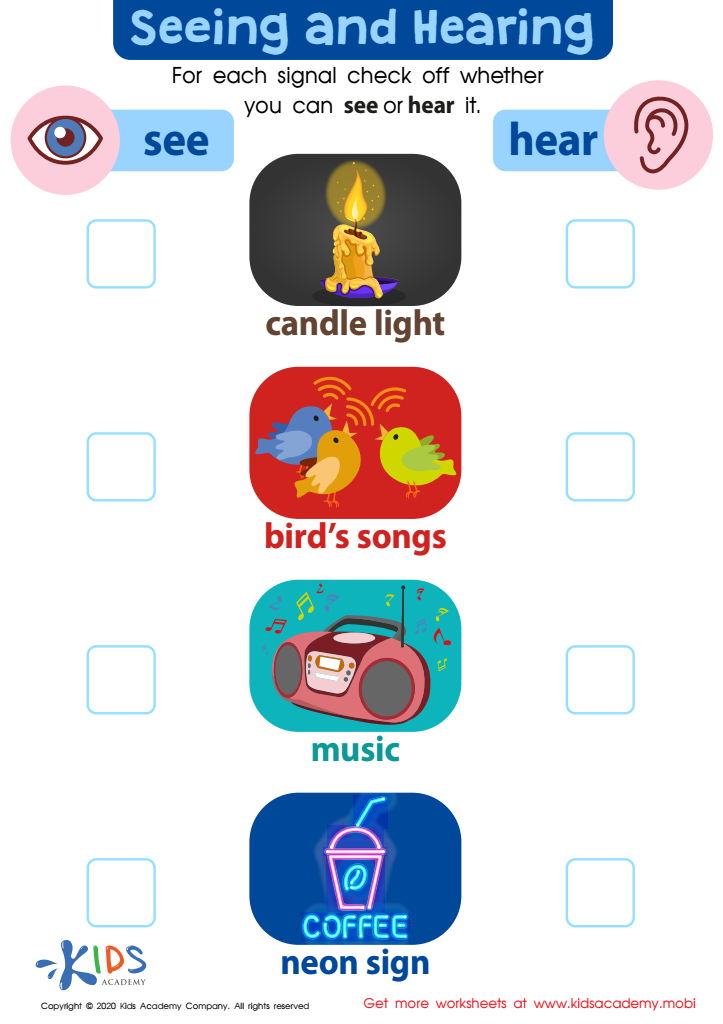

Seeing and Hearing Worksheet
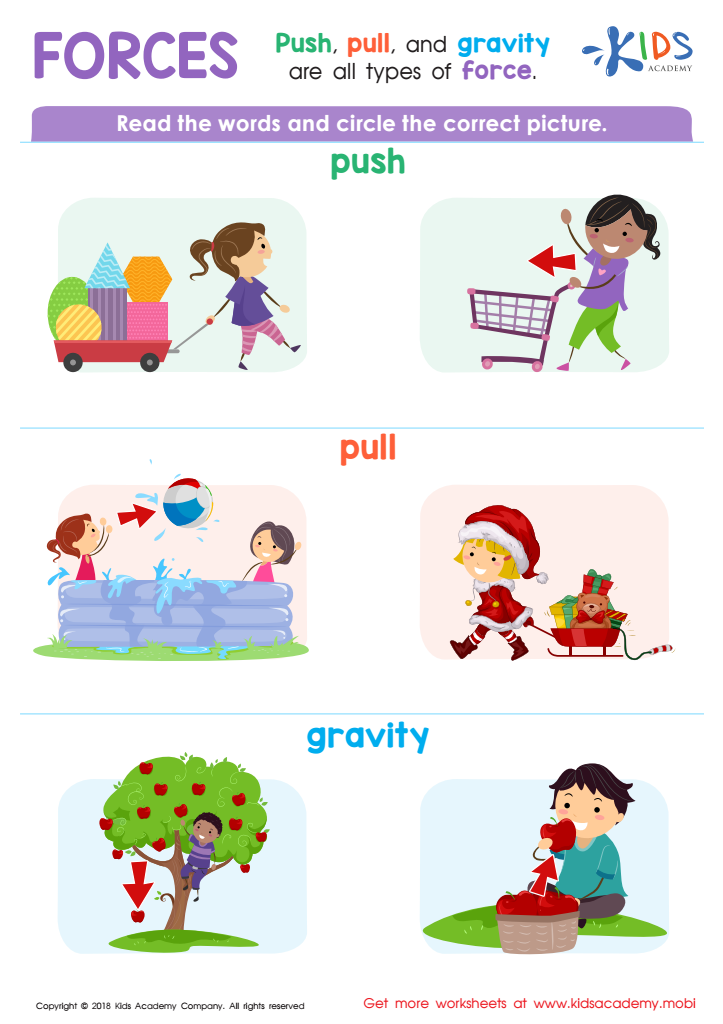

Forces Worksheet
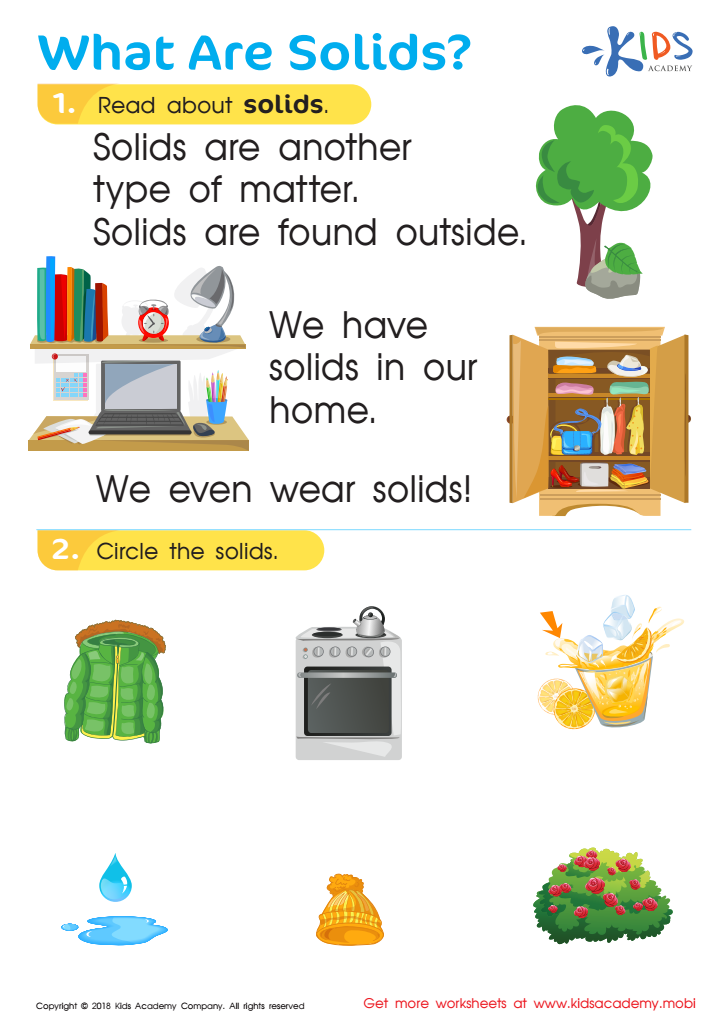

What Are Solids? Worksheet
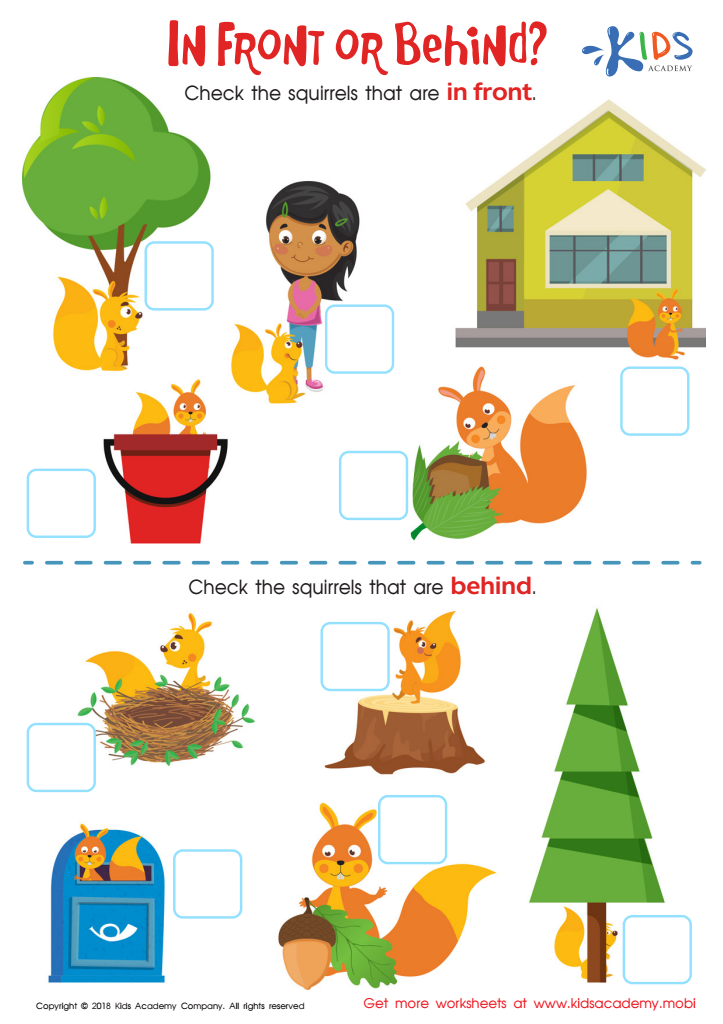

In Front or Behind: Part 2 Worksheet
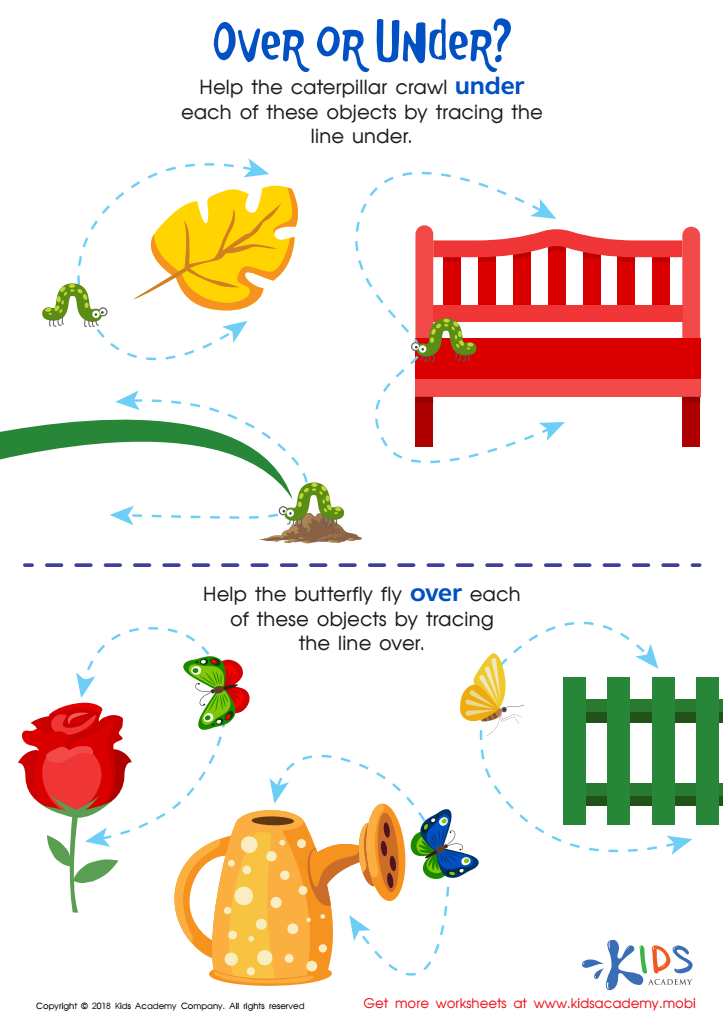

Over or Under? Worksheet


Going up or Down? Worksheet
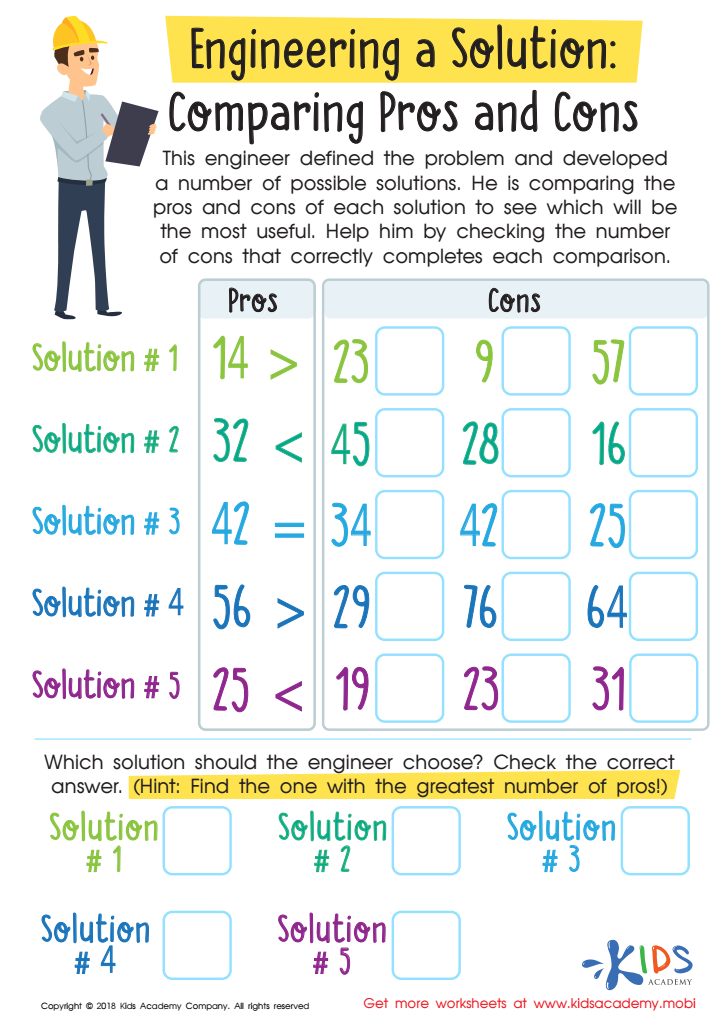

Engineering a Solution: Comparing Pros and Cons Worksheet
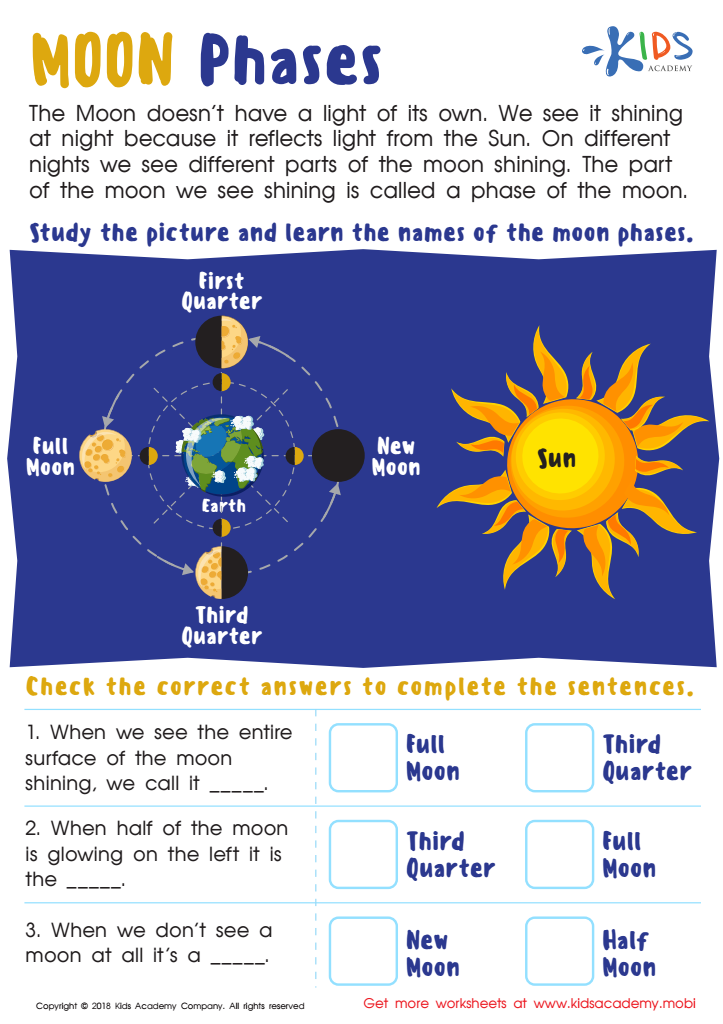

Moon Phases Worksheet
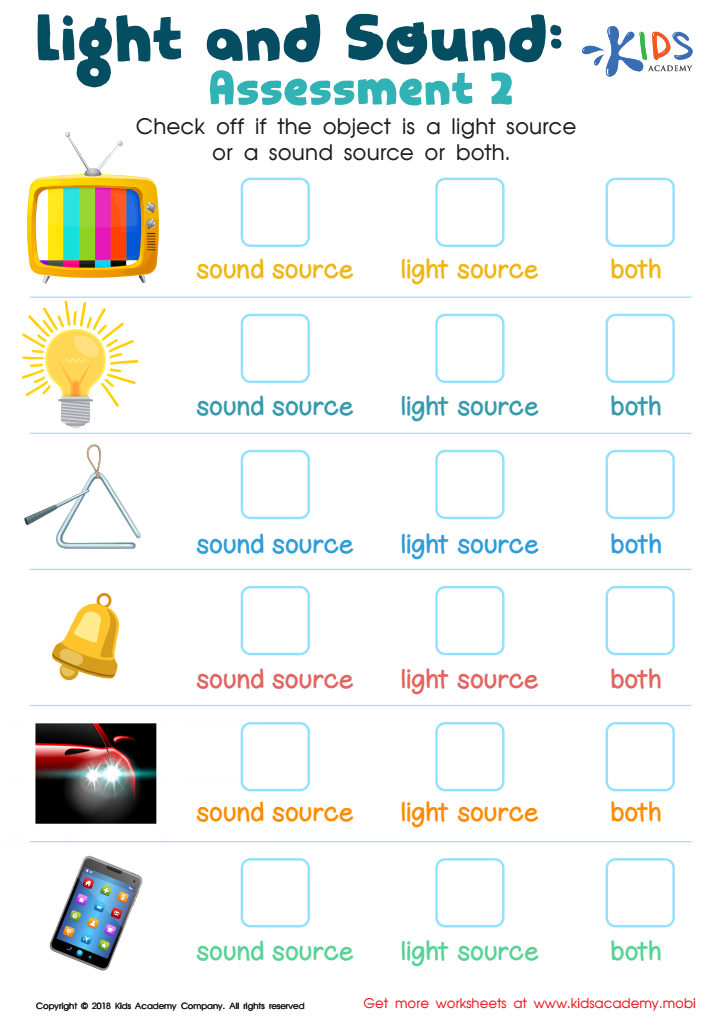

Light and Sound: Assessment 2 Worksheet
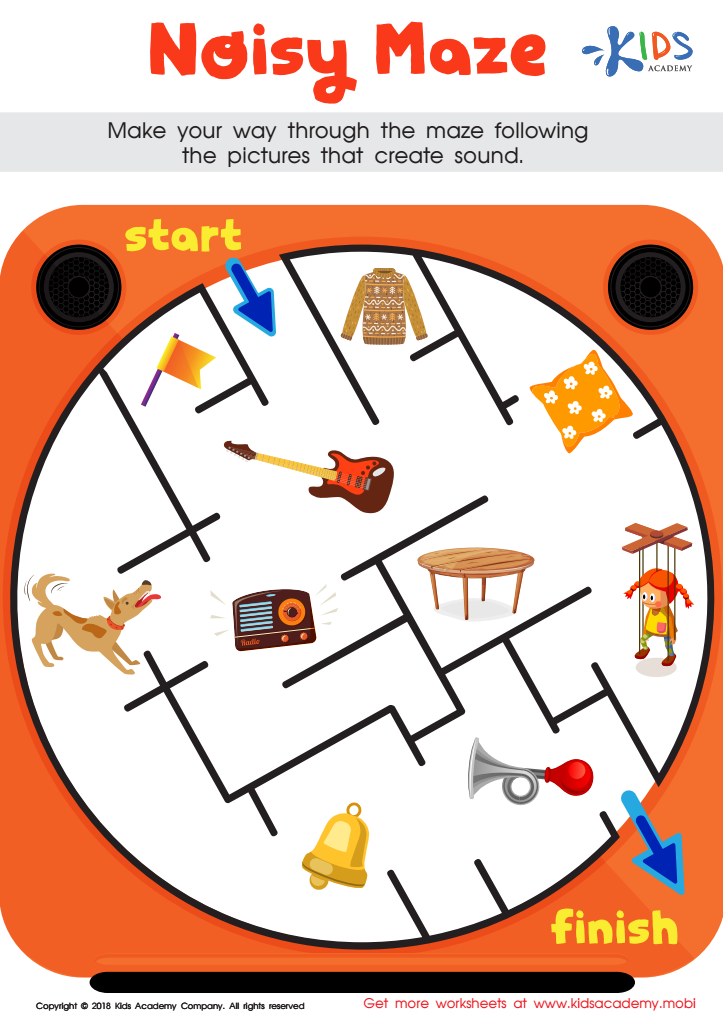

Noisy Maze Worksheet
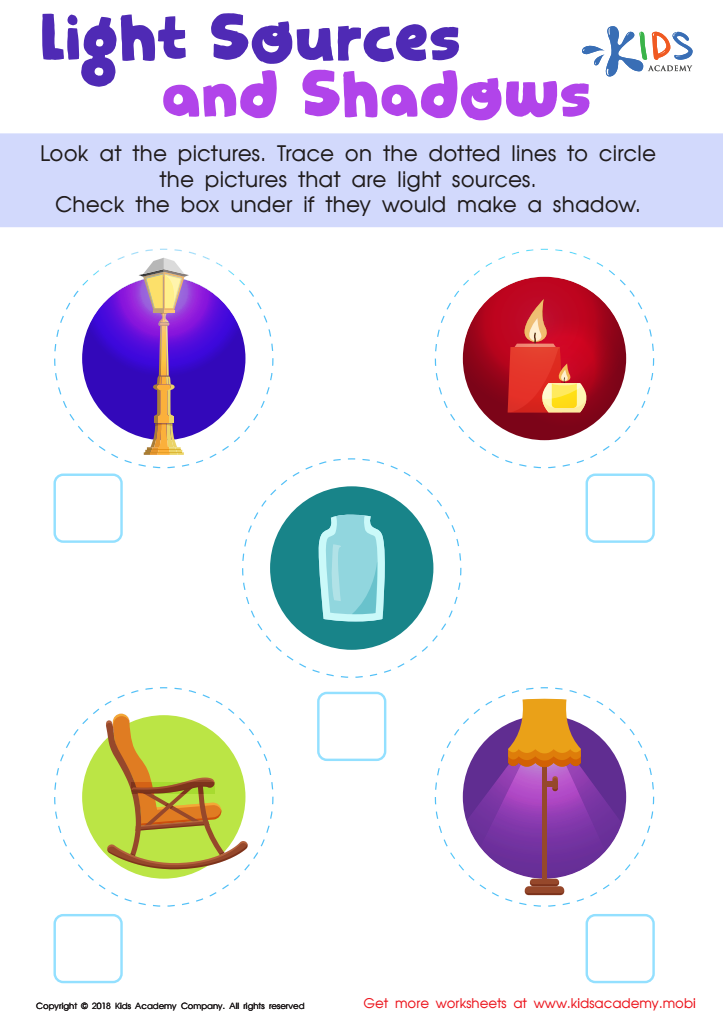

Light Sources and Shadows Worksheet
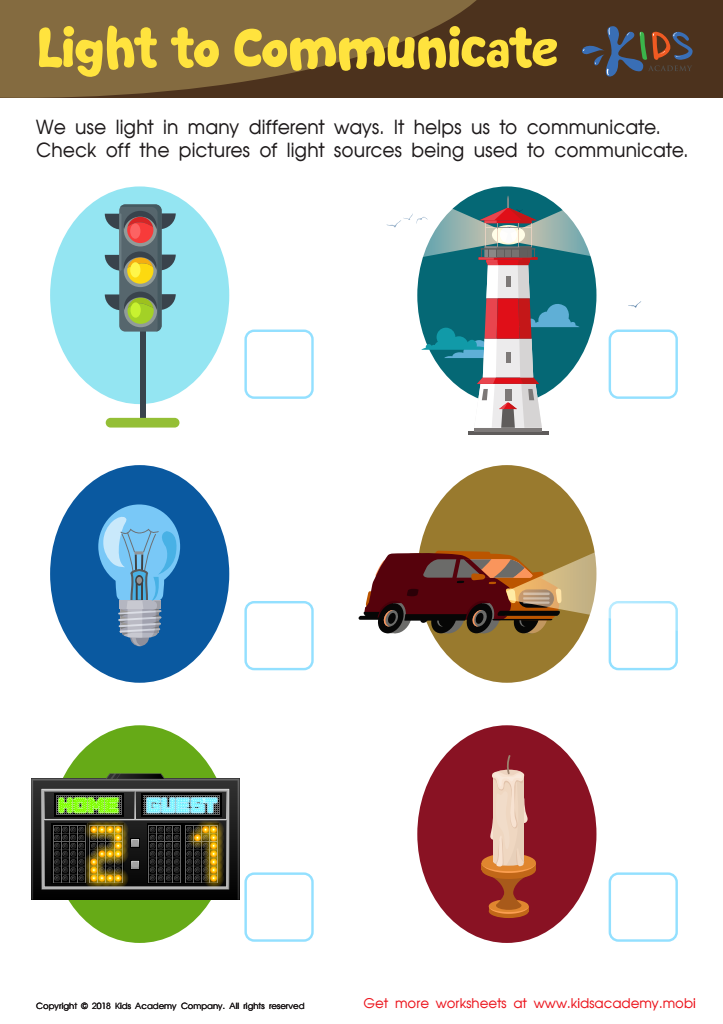

Light to Communicate Worksheet
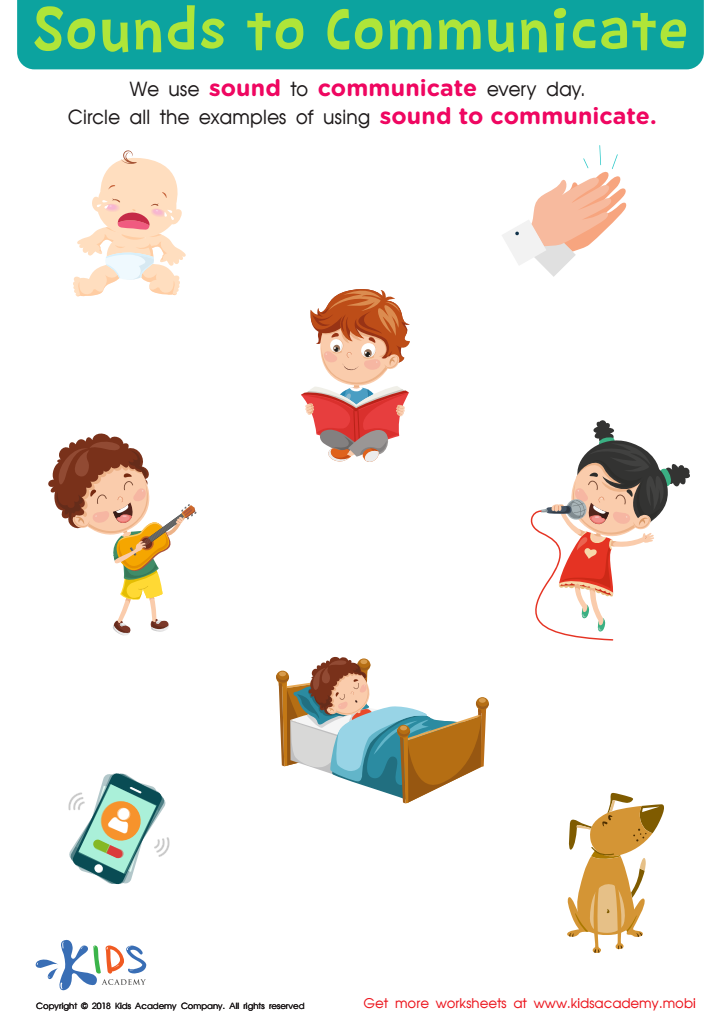

Sounds to Communicate Worksheet


Will It Make a Shadow? Worksheet
Parents and teachers should care about introducing normal physical science to children aged 3-7 because early exposure to science concepts can significantly impact cognitive development and foster a lifelong love for learning. At this formative age, children are naturally curious about the world around them, and engaging with physical science taps into this innate curiosity. Through simple experiments and observations, children learn to ask questions, make predictions, and develop critical thinking skills.
Understanding basic physical science concepts such as gravity, magnetism, and states of matter helps children make sense of the everyday phenomena they encounter. This foundational knowledge builds confidence and encourages them to explore further. Additionally, engaging in hands-on science activities enhances fine motor skills, observation, and communication abilities as children describe what they see and do.
Incorporating physical science into early childhood education also supports the development of problem-solving skills. By exploring cause and effect relationships, children learn to approach problems methodically and anticipate outcomes, which is crucial for higher-level thinking in later academic subjects.
Furthermore, early exposure to science complements other areas of learning such as math and literacy, creating a well-rounded educational experience. Encouraging children to explore physical science from a young age lays the groundwork for future academic success, critical thinking, and a balanced understanding of the world.

 Assign to the classroom
Assign to the classroom


